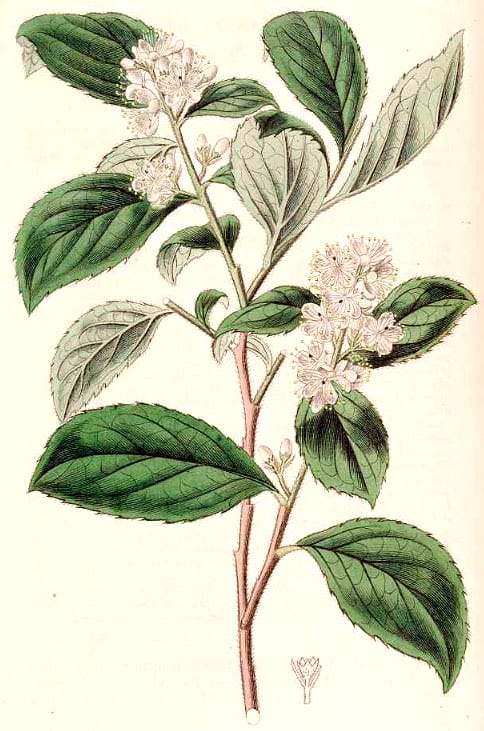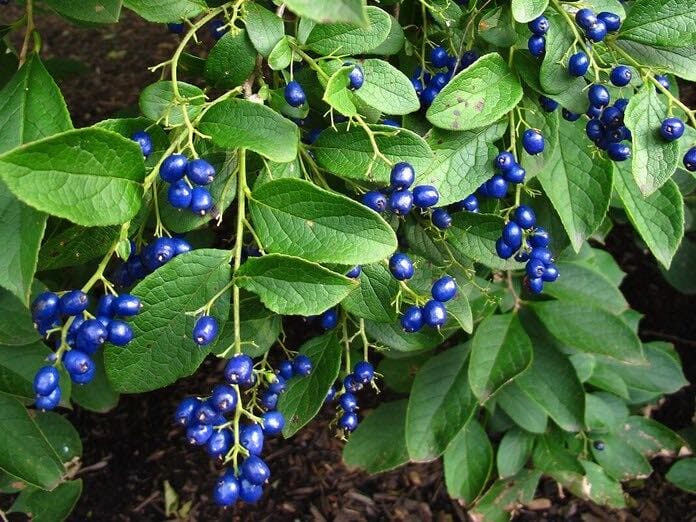Symplocos Folium, Zhu mkhan ཞུ་མཁན
Sapphireberry, Asciatic SweetleafLodhra Pattika (Ayurveda)
Zhu mkhan ཞུ་མཁན (Tibet)
Ladh Pathani (Unani)
 Symplocos paniculata
Symplocos paniculataBotanical Register, 1823
 Symplocos paniculata
Symplocos paniculata(Photo by Kristine Paulus) (Wikimedia)
Botanical name:
Symplocos paniculata (syn. S. crataegoides, S. chinensis, Prunus paniculata, P. mairei, Palura chinensis)
Parts used:
Leaf
Temperature & Taste:
Cool, dry. Bitter
Uses:
1. Clears Heat from the Lungs:
-Heat and Fever of the Lungs; Cough with Fever and Yellow Phlegm
-Difficulty breathing
-Pneumonia
2. Clears Heat from the Kidneys:
-back pain, frequent or urgent urination from Heat in the Kidneys
-Nephritis
-disorders of the ‘Life Channel’
3. Kills Worms:
-used for Worms
-anti-Protozoal
Dose:
Comment:
Symplocos paniculata and S. racemosa are both very similar, and both have been used as a source of the bark in Ayurveda and Unani, along with a number of other related species. Tibetan Medicine uses the leaves differently so we have separated the entries. See Symplocos racemosa (Lodhra) for the use of the bark.
Substitute:
The leaves of S. racemosa and other related species can probably be used as a source for Zku mkhan.
Main Combinations:
1. Kidney disease, Lower Back Pain, Symplocos paniculata leaf with Shilajit, Madder, Lacca, prepared Aconitum ferox (as in Madder Pill)
2. Lower back pain, Symplocos paniculata leaf with Shilajit, Madder, Lacca, Triphala, Costus, Caesalpinia, Clove (as in Nembo 18)
Major Formulas:
Madder Pill (Tibetan)
Thlaspi 13 (Bre ga bcu gsum) (Tibetan)
Three Reds Decoction (Dmar po gsum thang) (Tibetan)
Women’s Universal Decoction (Mo nad spyi thang) (Tibetan)
Cautions:
None noted
